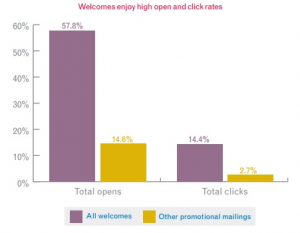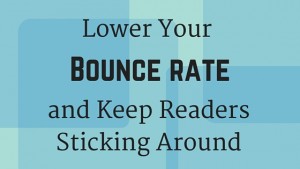Overcome Writer’s Block: 7 Tips for Copywriters
Writer’s Block: Every copywriter has experienced it at one point or another. The inability to make progress with your content writing builds up anxiety and only makes matters worse. To improve your content creation process, try these seven practical tips.
Identify the Root of Your Writer’s Block
What is preventing you from creating your copy? Is it internal or external pressure? Could it be a mixture of both?
Determine the root of your writer’s block and address it accordingly. The sooner you nip it in the bud, the better you’ll fare in the future.
Create a Process For Yourself
Take some time to map out exactly how you would like your work to flow. Having a structure or framework in place can help with your creative flow. You don’t need it to be detailed, just a backbone that can free up more time for content writing.
Get Inspiration From Others
Social media is a free space to source content ideas. You can join groups that discuss topics related to your niche. Whether you are an active or passive participant in these groups, you will be able to know what people are asking.
Another way to make use of social media is by looking up hashtags with the most followers. Hashtags help you discover which content would get you the most eyeballs.
If you’re writing copies for businesses, one of the best social platforms you want to be active on is LinkedIn. To quickly and easily discover which hashtags will give you the most reach, try out this free chrome extension.
Mind Mapping and Content Mapping
There are many keyword search tools out there that can help you to figure out new writing topics. Nevertheless, it’s good to switch things up occasionally to buffer your creative process.
Mind mapping is not a new technique, but it is still often used today because its format helps the brain process associations quicker. Whether your preference is to mind map on paper or with software, this technique should give you a clearer picture of what content you need to include for a successful article.
Alternatively, you can try out content mapping. A content matrix worksheet focuses on the buyer’s journey. It allows you to create content with the customer’s intent and behavior in mind.
Have Fixed Writing Time: The Pomodoro Technique
The Pomodoro technique is a time management tool that boosts concentration. Each creative block lasts 25 minutes, with 5-minute breaks separating each interval (Giesbrecht, 2015).
The key takeaway here is to not squeeze in all your work into one or two large blocks of time. Instead, break it up into manageable tasks that don’t wear out your creative side quickly.
In short, having dedicated writing time can help you maintain the focus that you need to meet that deadline.
Draft Your Writing, Refine Later
Free-writing is a great way to get those brain juices flowing. It’s like having a conversation with yourself, except in writing.
As you type, you might have questions about the topic yourself, and that’s a great way to discover more content. The key is not to let self-doubt get in your way.
Remember that there will be people out there who will benefit from your copy, and that is the audience you want to attract and retain.
Remove What You’ve Written or Typed
This tip might sound counterintuitive because it seems like you’re taking away your progress instead. However, there could be a specific reason why you’re stuck at one point in your copy.
You know something’s not working, whether on a conscious or subconscious level. However, you’ve already spent so much time on it, so you simply must continue. According to Arkes and Blumer (1985), this is called the sunk-cost fallacy. The theory explains how people have a tendency to persist with an action based on past and on-going investments.
If you find yourself stuck at one specific point in your article or copy, remove them from the document. If they’re important enough for inclusion in the first place, you’ll find a way to work them back in later on.
Starting on a clean slate could provide you with a different perspective to approach the article you’re writing. Points that you wanted to touch on in the article might also flow better as a result, compared to when you first started.
Conclusion
Even a professional writer can get writer’s block. When overwhelmed, one of the best things you can do for yourself is taking a break.
Doing so will give you more time to clear your head before coming back with fresh content ideas and speed up the writing process.
References
Arkes, H. R., & Blumer, C. (1985). The psychology of sunk cost. Organizational Behavior and Human Decision Processes, 35(1), 124–140. https://doi.org/10.1016/0749-5978(85)90049-4
Giesbrecht, B. A. (2015). Pomodoro Technique for time management. DigitalCommons@UNO. https://digitalcommons.unomaha.edu/nbdcwhitepapers/19/
Sponsor message

FILT Pod is an engagement advertising tool that helps business owners increase their reach and visibility by 5x.
(27)







